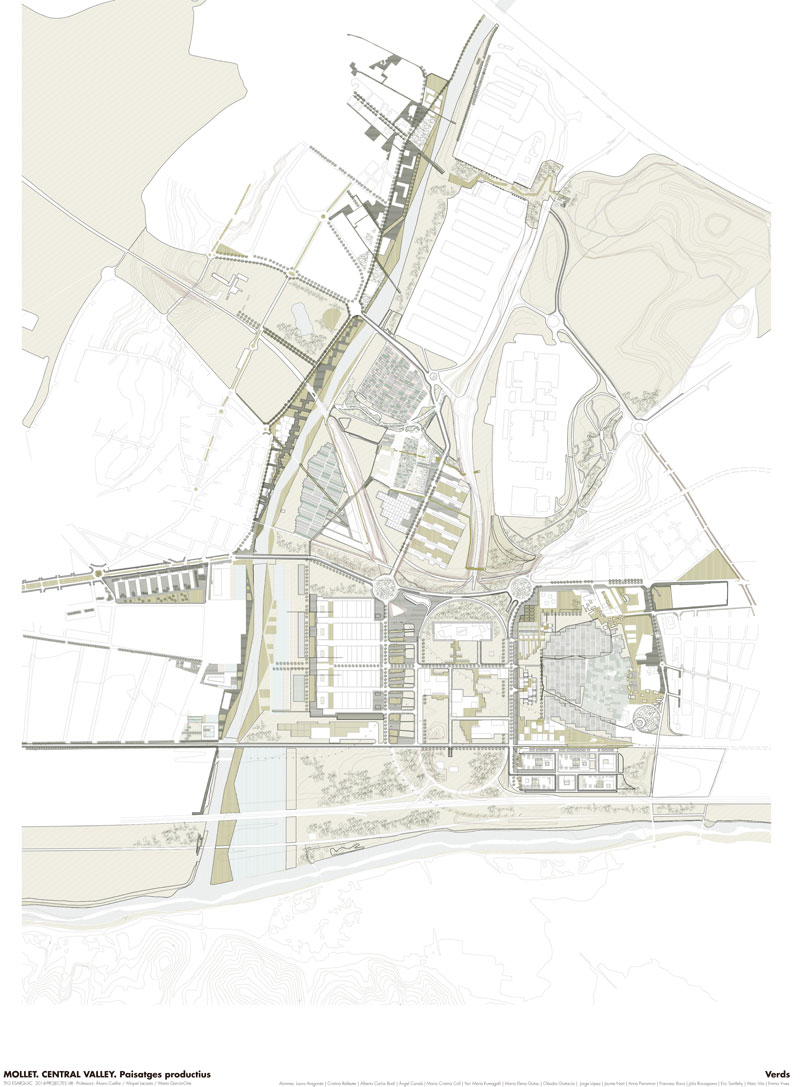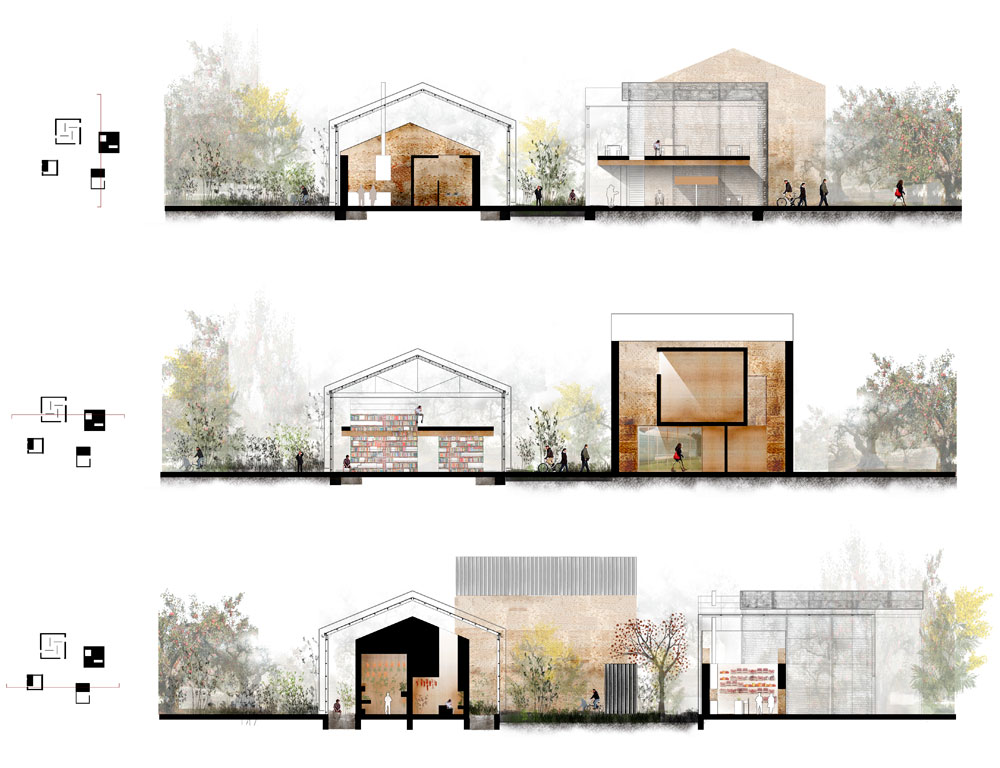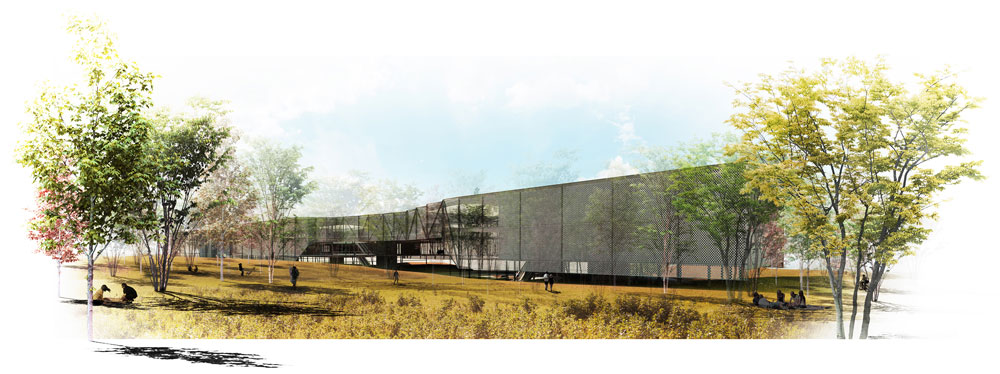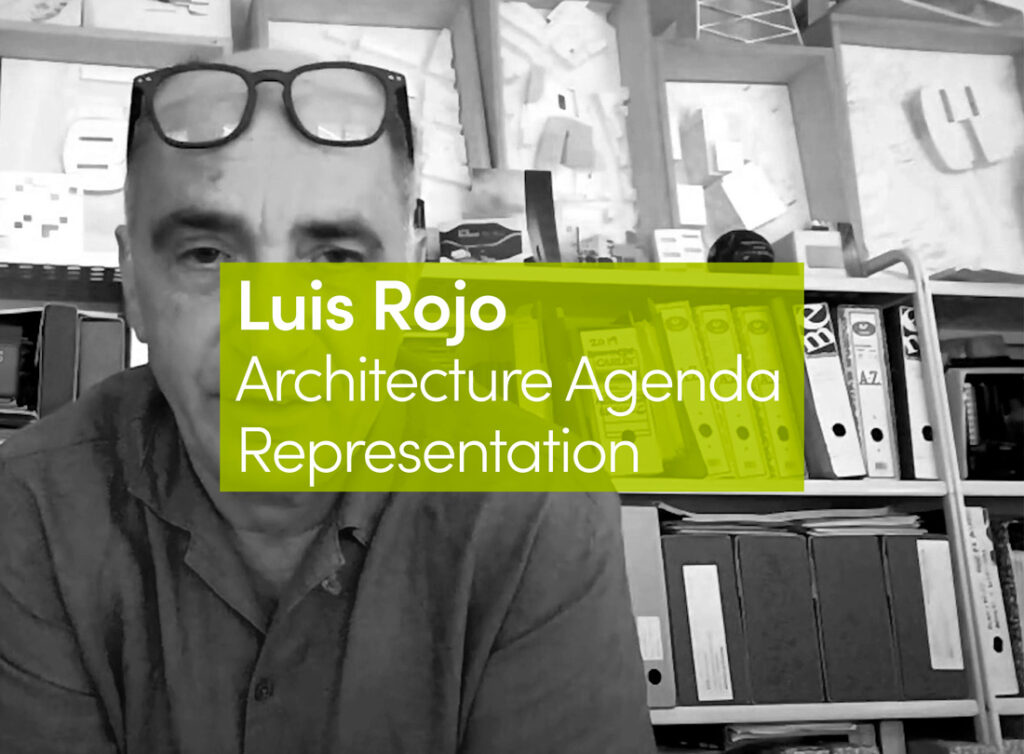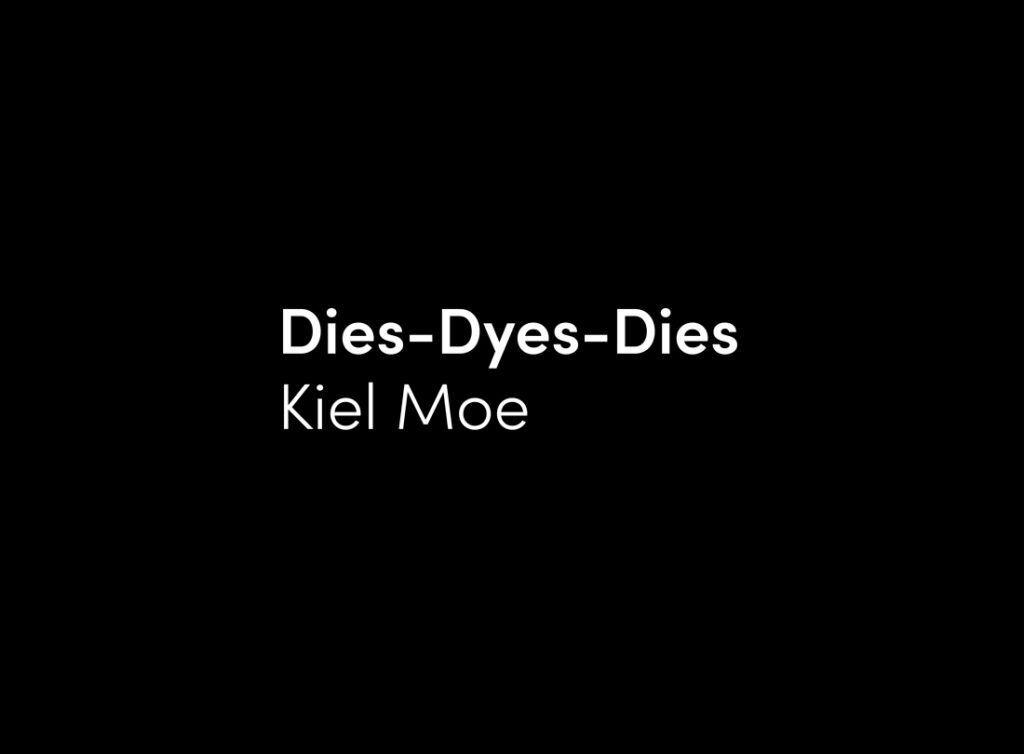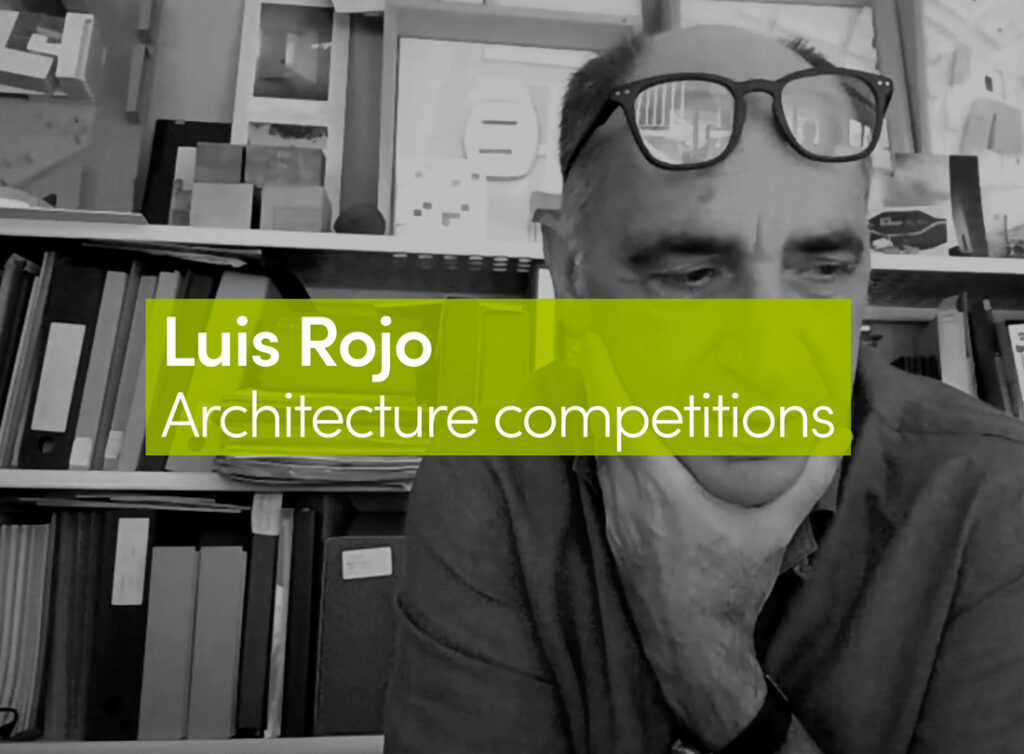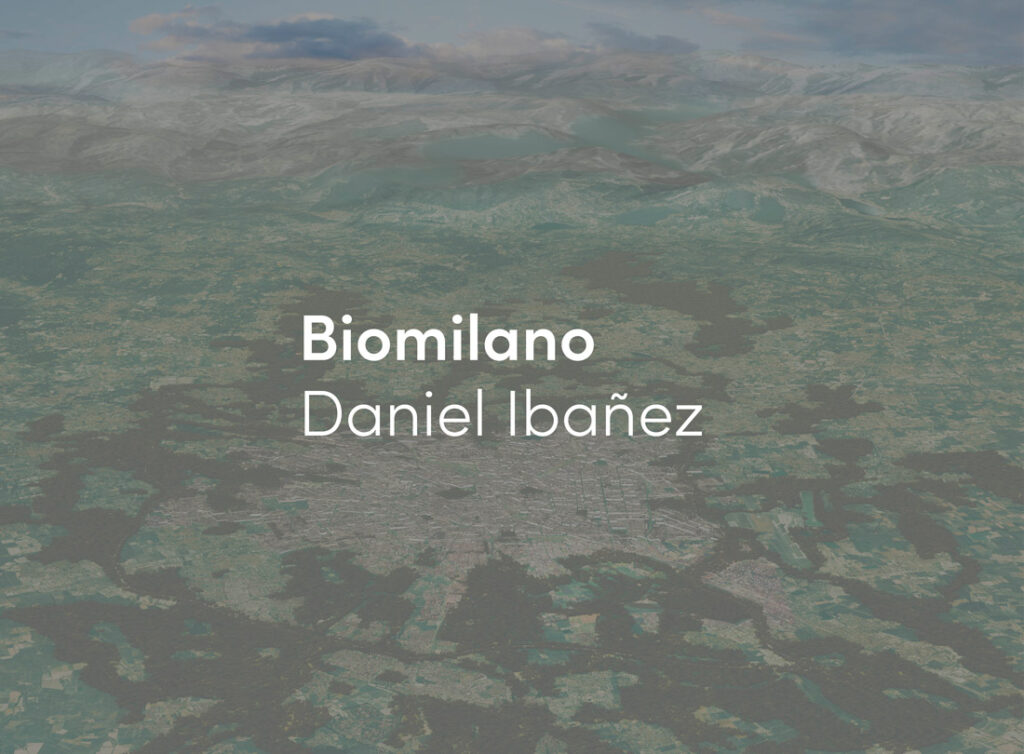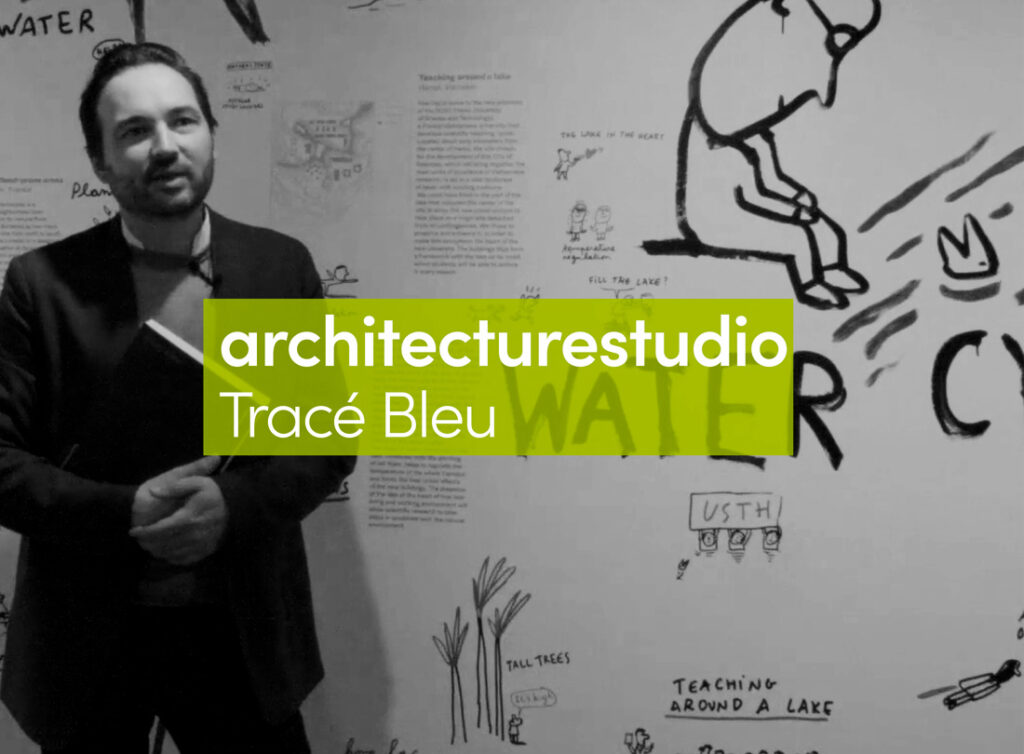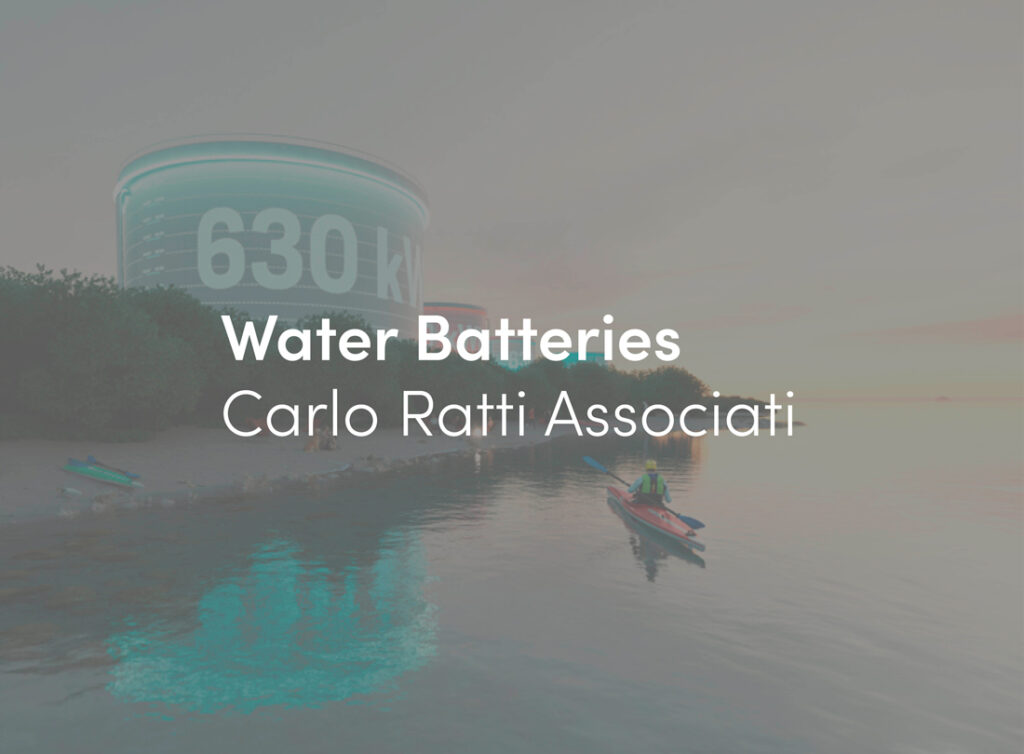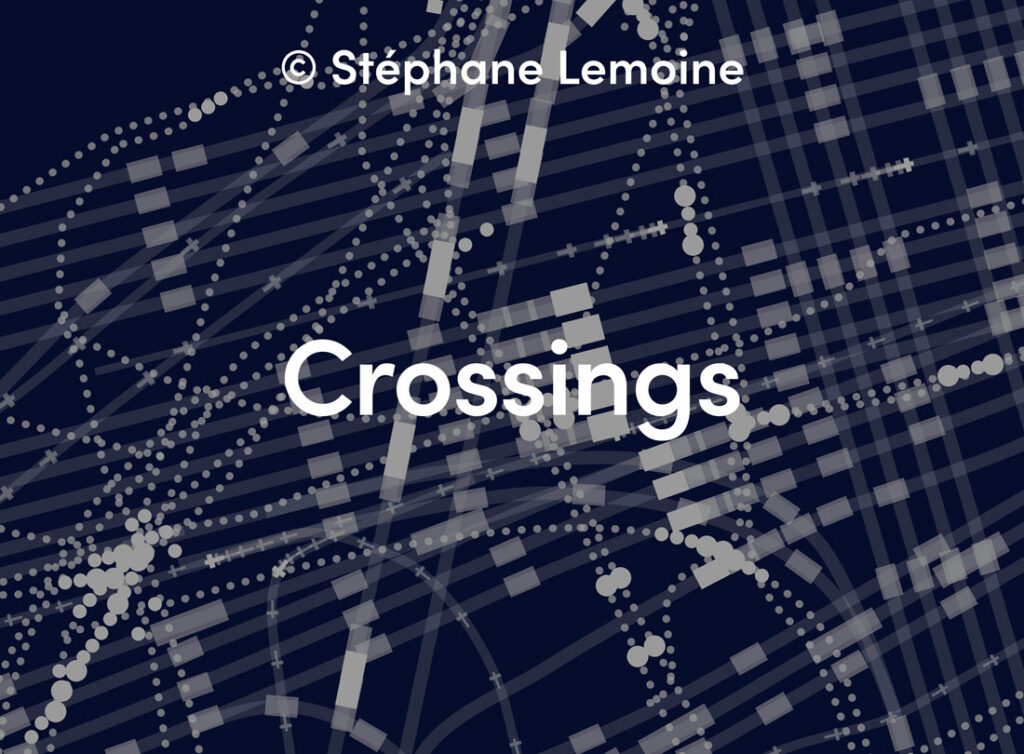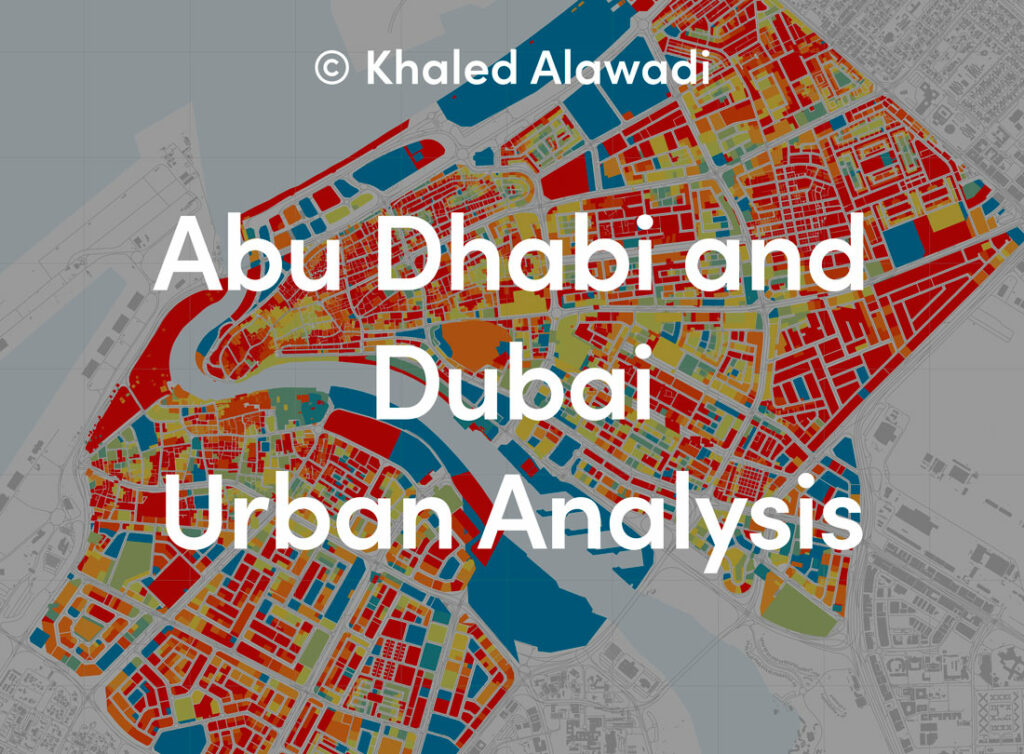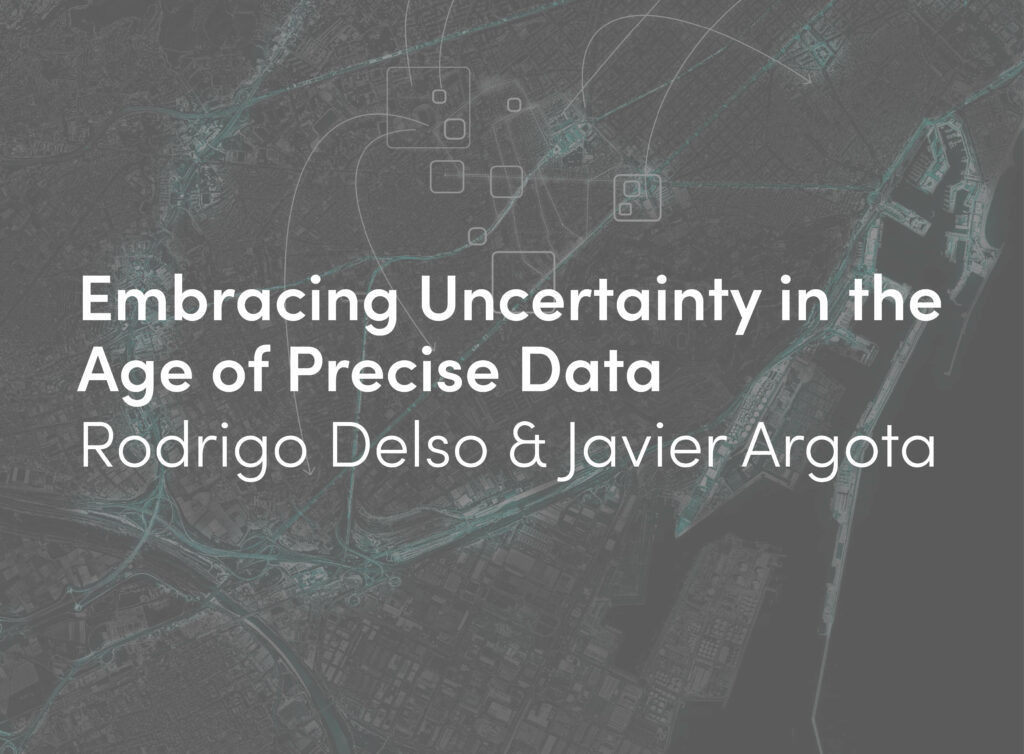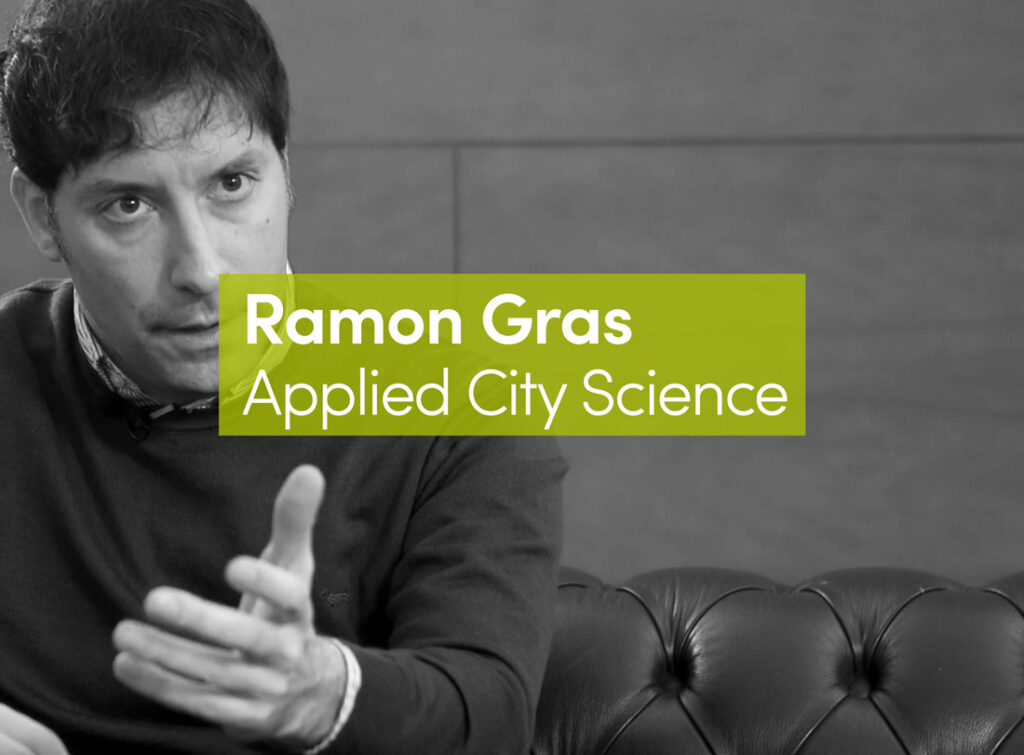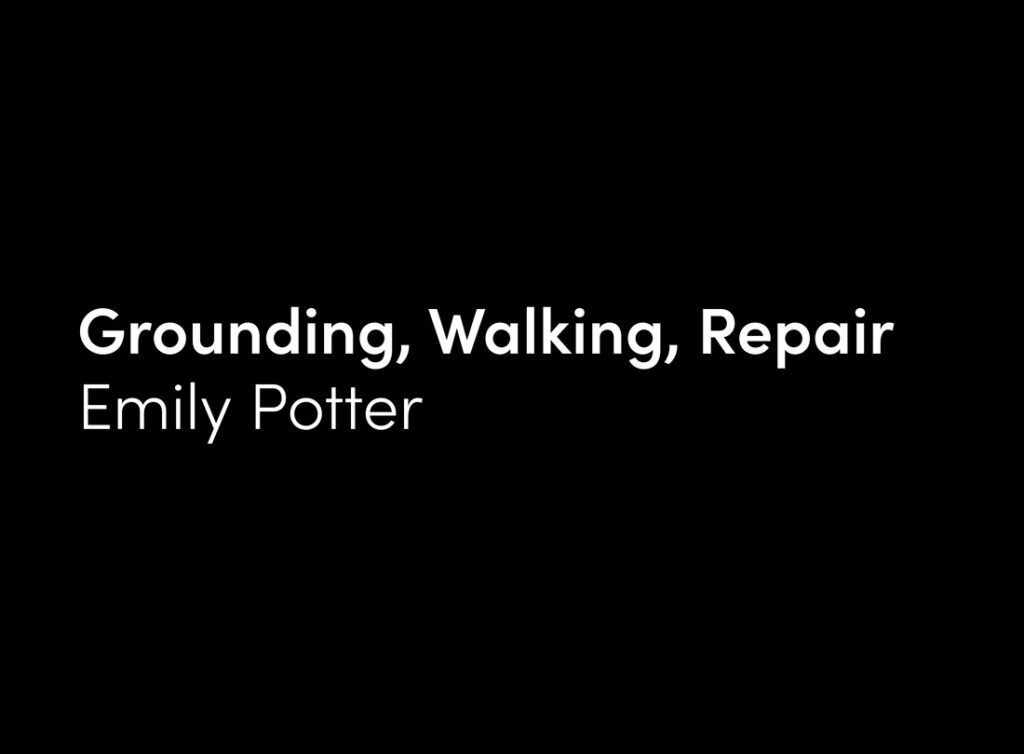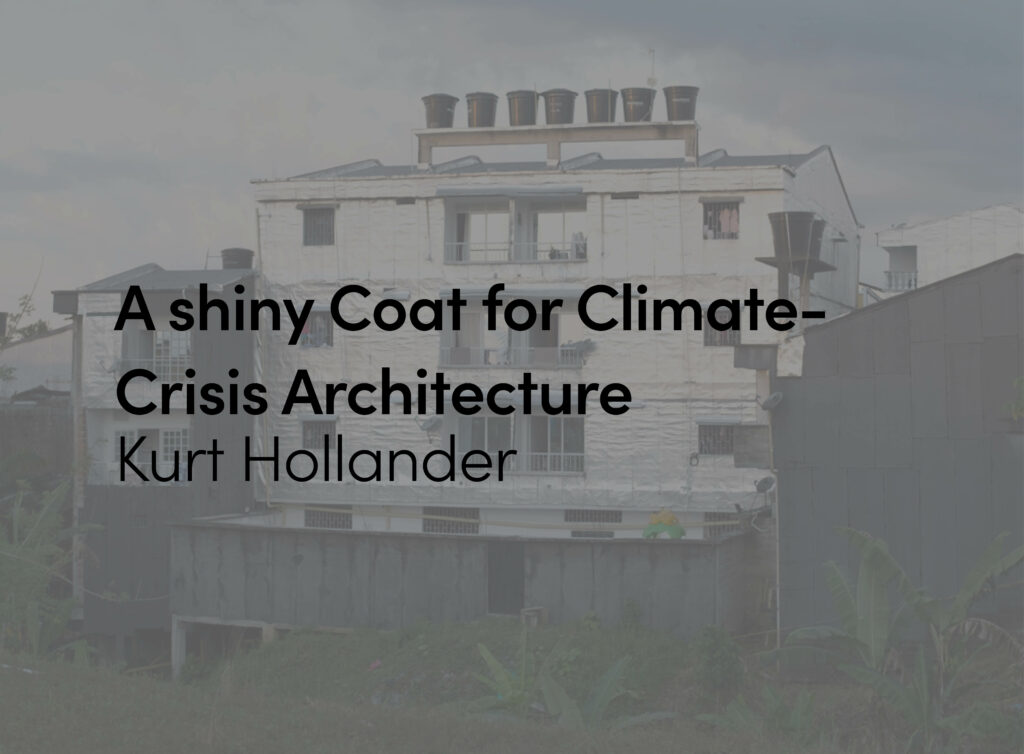In contemporary terms we tend to speak of landscape. We also tend to speak of the urban. Further, in the collective imaginary of urban planners, landscape designers, geographers and architects, we tend to coincide in speaking of urban landscape, as a conceptual space where the notion of landscape and the notion of urbanity come together. In this way, in the abstract, we will find multiple reflections and even more projects that embody the harmonious combination between these areas. The apparent contraposition between the landscape—what is natural—and the urban—that which is cultural—is resolved in this happy hybrid.
However, it is not so common to speak of peri-urban landscapes or, even better, of entropic landscapes.
If we understand entropy as a physical magnitude which, by means of calculation, allows us to determine the part of energy that cannot be used to produce work, or, in other words, that we leave as unproductive in terms of energy balance, we will see with particular crudeness that what we call the peri-urban ends up constituting an ideal receptacle in which to place everything that is not directly useful to the more or less organized configuration of the city.
The blurred limits of the urban—that is, the peri-urban space—that have neither the vocation nor the capacity to offer the specific conditions of the urban, by default become catalysts of everything that we do not want in our cities. Large transport infrastructures, industries at the service of energy creation and distribution, logistic zones of large scale and little intelligence, and all the possible and necessary forms of civil engineering. That is, in the peri-urban landscape, blurred spaces take root and in fact become the backyard of the urban.
Graphically, the entropic landscapes produced in this way are the backyard of the urban, a space which in disorderly, unplanned fashion gradually accumulates all manner of worthless, impersonal, noisy or objectionable constructions or infrastructures.
This way of understanding the urban and the peri-urban has traditionally formed part of a way of seeing the territory as something static and difficult to move. But what is worse is that this closed, insensitive way of interpreting the territory has condemned natural spaces—landscapes that are in this case agricultural or simply geographical irregularities such as rivers, valleys or mounds—to urban ostracism.
Whether due to the undeniably dynamic transformation of the limits between the urban and the other, or by the widespread awareness that we cannot allow ourselves more spaces of pure urban servitude, the entropic landscape of peri-urban areas is becoming a place of contemporary reflection and opportunity.
Unlike traditional cities, characterized by morphological compactness and closeness, entropic landscapes usually contains empty spaces and discontinuous though functionally integrated parts and an infrastructural tangle of connections between motorways and railway lines. These landscapes are often surrounded by large open spaces with rural uses and services, which could potentially be interpreted as a central park. This aspiration, catalysed by the concept of metropolitan plaza, sparks a link with other metropolitan open spaces. From the viewpoint of the ecology of the landscape, existing rivers are the backbone joining together watercourses that organize towns, along with the transport infrastructures.
Site Plan
In short, the concurrence of all of these infrastructures manifests the intense centrality and accessibility of that kind of areas at metropolitan level, though the design of major infrastructures has pushed the entropy of this territory to exemplary levels.
Green Spaces
The principal problems of entropic landscapes stem from two factors. Firstly, the physical and administrative fragmentation of a perceptively unitary functional urban phenomenon, and, secondly, the conflict between residential, productive and service uses, many expelled from major towns. In this context, it is important to reinforce the interurban structure between cores and the landscape links to create a visually coherent, unitary whole based on comprehensible urban references.
In addition, it is noteworthy that the complementary nature or interaction that occurs between productive activities and, in particular, services, gives those peri-urban areas a utilitarian versatility, diversity, accessibility and flexibility that the traditional city has lost.
At the centre of this research lies the determination to build a scenario that is capable of attracting a scale of centrality extending even beyond metropolitan scope. Evidently, offering an opportunity to a highly entropic territory, beset by conflicts, is not an undertaking for a diffident or modest approach. Quite the contrary; here, there is an apparent ambition to rescue territories that have been abused by the urban development of recent decades and give them a new dignity.
Furthermore, the aim of the workshop, continuing from previous years, consists in reconciling natural systems, productive geographies and conditions for domesticity. To do this, it is necessary to correct imbalances and reconcile the natural and the urban by focussing on the productive capacity of a new centrality.
A contemporary centrality that generates neither winning territories nor defeated spaces.


